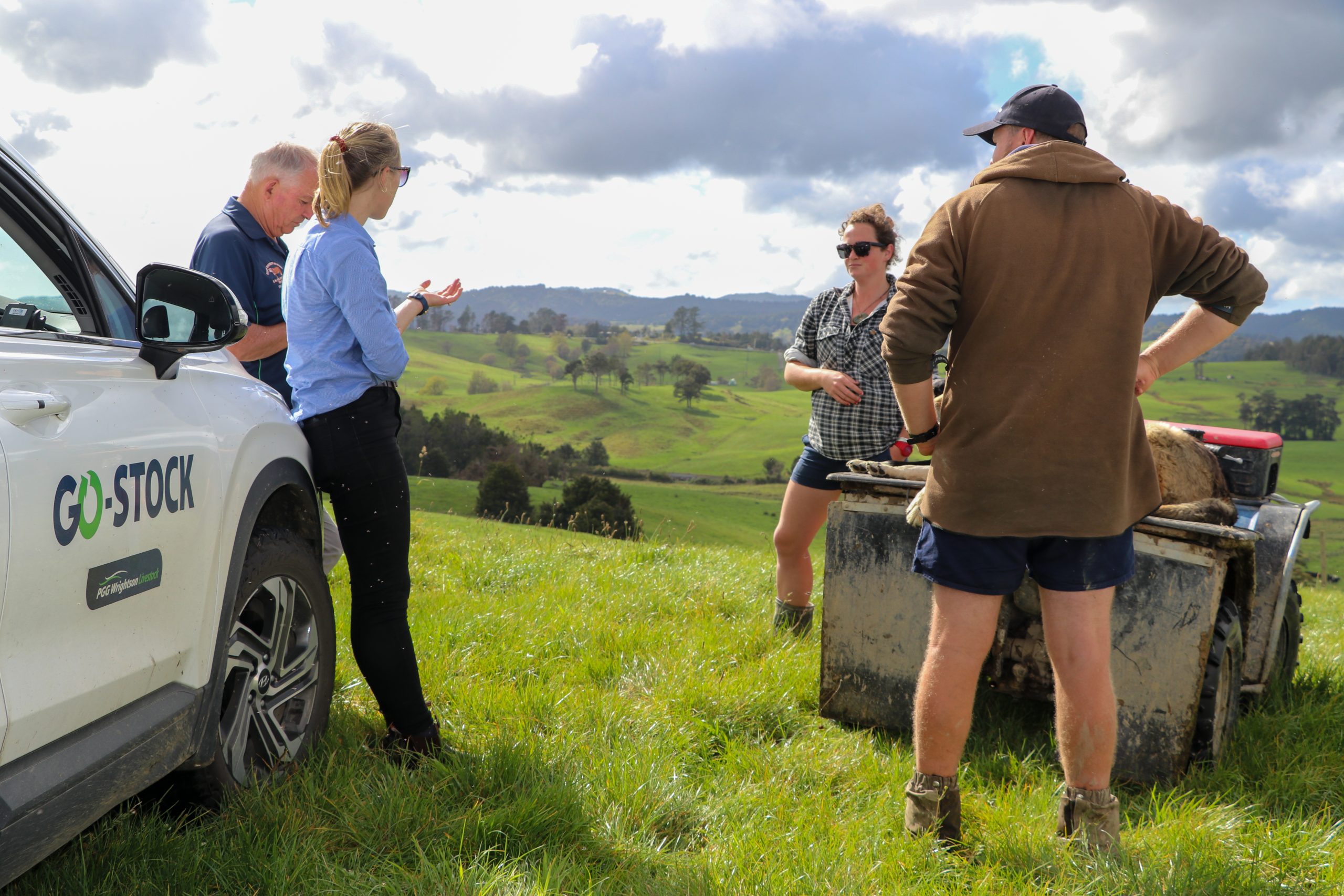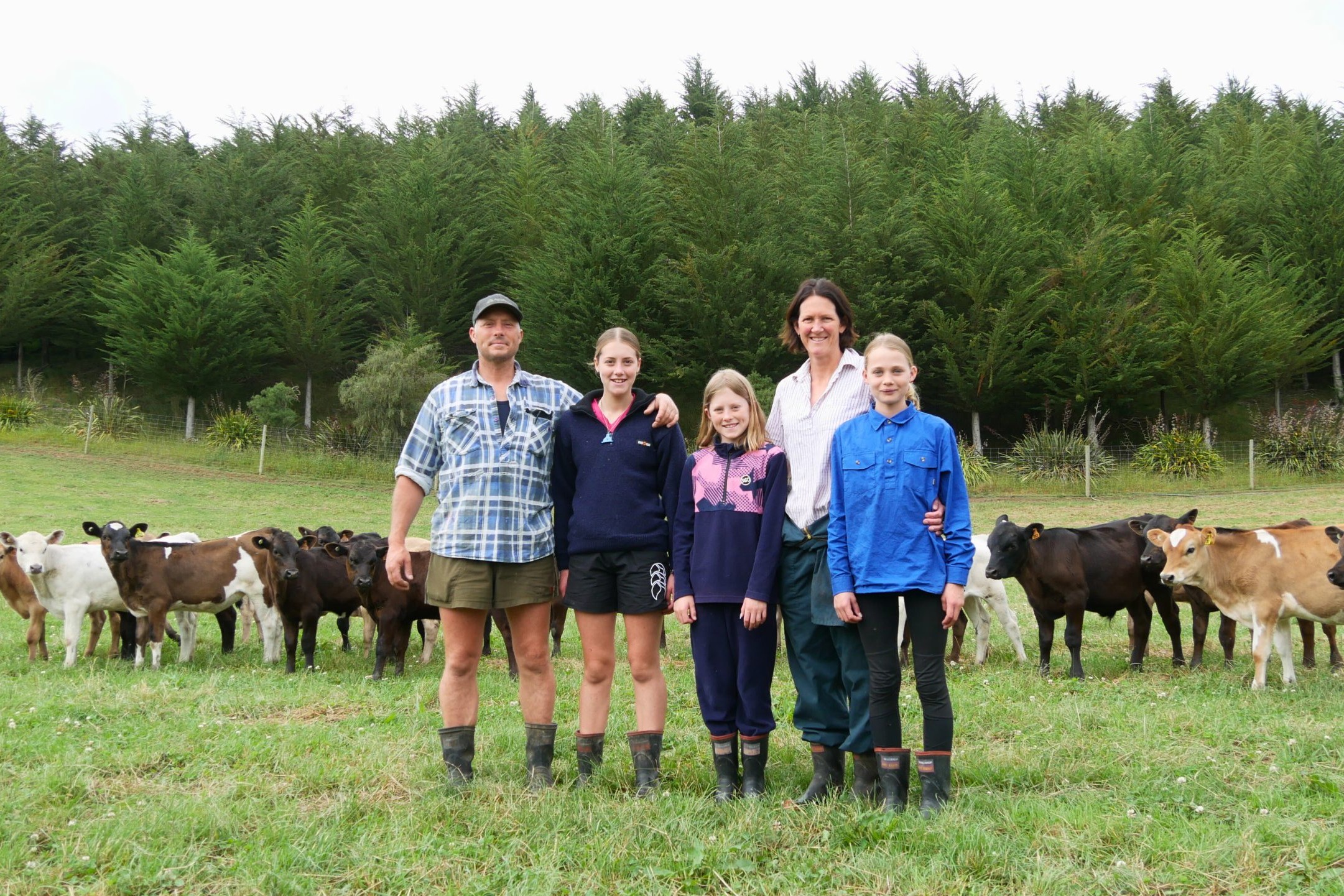Long-acting pre-lamb drench peril
Wormwise programme manager Ginny Dodunski cautions against the blanket use of long-acting drench products as a pre-lamb treatment.

Wormwise programme manager Ginny Dodunski cautions against the blanket use of long-acting drench products as a pre-lamb treatment.
Where there is a flock-wide response to these products (capsules and long-acting injections), there is likely to be a problem at a farm system level, she says.
There is little or no productive benefit in providing long-acting worm protection where ewes lamb in optimal body condition (BCS 3-3.5) on to feed where the pasture growth rate, length and quality of the forage doesn’t limit their daily intake (bare minimum 1200kg drymatter (DM)/ha 3.5cm grass height but 1400kgDM/ha is better).
The further a flock is from these ideals at lambing time, the more likely there is to be a positive response in ewe and lamb weaning weights to a long-acting pre-lamb treatment.
A project run in the Wairarapa in 2011 and 2012 set out to measure production and financial responses to long-acting pre-lamb treatments on commercial farms highlighted the pitfalls associated with these products.
The project was led by AgResearch and Baker & Associates, with 14 separate onfarm trials conducted over the two years. This was followed by five similar studies on commercial farms in other parts of the country.
Dodunski says all these studies have provided broadly similar outcomes. On the plus side:
- Long-acting (LA) treated ewes weaned heavier (average about 3kg). Thin ewes did not respond differently to better conditioned ewes – but they still gained weight, which is important for a thin ewe at lambing time.
- About half of this benefit was carried through to the next tupping. This indicates a period where LA treated ewes did not gain weight as fast as the untreated ewes. Previous work has shown a temporary slackening in parasite immunity after LA treatments have run out; the above finding is likely a reflection of this. One BCS in today’s ewes is typically between 6 and 8kg LW, so this is less than a quarter of a BCS advantage by tupping.
- Individual lamb weaning weight was better in LA treated ewes’ lambs, (average 1.5kg) and importantly, in 8 of the 14 Wairarapa trials the observed increase in individual lamb weaning weight was not statistically significant.
- Capsule treated ewes were cleaner (less daggy) than untreated ewes.
However, at farm system level:
- LA treatment did not improve the weight of lamb weaned per ewe. This ranged from -5.2 to +15.6kg in the Wairarapa. This was driven by big differences in ewe and lamb survival between mobs not related to LA treatment. In nine of the 14 Wairarapa trials the treated ewes reared fewer lambs than the untreated ones.
- Some of the improved weaning weight of treated ewes is attributable to the fact that they reared fewer lambs. This was the same for the improved individual lamb weaning weight.
- On some of the Wairarapa farms 25-30% of the capsule response was attributable to the minerals in the product (B12 and Selenium; an educated guess would say given the location it would more likely be a Se response)
- Concurrent ’mectin and white drench resistance was evident on a number of the farms with as many as 50% of the treated ewes having positive egg counts throughout the capsule pay-out period;. Using pure cultures, Ostertagia was grown from these. In a two-year monitoring project of LA treated ewes in 2016 and 2017, Vet Services Hawkes Bay found that 80% of farms surveyed had egg-laying worms in their treated sheep.
- “Given the reports of combination drench resistance coming from most parts of NZ today, if we repeated these surveys now, what would we find?”
- Dodunski says at the time the Wairarapa study findings were first reported, she had conversations with a range of people involved, and their comments were all similar.
- The farms where there was no (or a very low) response to the LA treatments were those with a long-term history of a high performing, stable ewe flock with good feed levels and high level of management skill.
- Paraphrasing one of the trial participants, she says there is no silver bullet as opposed to well-fed animals.
- While removing worm larval challenge will always result in less dags, she questions the value of that compared to improved ewe and lamb weaning weights.
- About 30 ram breeders are actively putting dag score data into SIL and selecting against this trait.
- “Have a chat to one of them, or suggest your ram breeder does the same. So many management decisions with sheep are the consequence of dags – could we deal with this another way?”
- As a general rule, ewes should not need drenching, but there are circumstances when drenching ewes may bring production or animal health and welfare benefits, Dodunski says.
- Thin, multiple-bearing ewes lambing on to short pasture fit this definition at pre-lamb time, but if this is an annual issue, she says it should be addressed at the farm system level.
- “Blanket drenching of all ewes should be avoided.”
- She recommends running untreated ewes and treated ewes together. This provides the offspring of ‘unselected’ worms with the opportunity to breed with the likely resistant offspring being shed by the treated ewes. This is refugia.
- Factors which could influence the need to drench should include ewe condition, feed availability and ewes carrying multiple lambs.
- If farmers see big responses to long-acting pre-lamb products, it’s likely an honest assessment of ewe body condition and feeding are in order.
- Farmers should plan to close the gap for next year.
- “That plan starts straight after weaning this summer and may take more than one year to bed in.”
- She says to get help as it is a grind and requires discipline around body condition and feed management.
- Two-tooth ewes have been shown to be more susceptible to parasitism during lactation. These should be monitored separately and farmers need to be prepared to act quickly in the face of a challenge.
- Building a strong case for not blanket pre-lamb drenching, Dodunski says pre-lamb drenching of ewes has produced variable production responses in published trial work.
Supplied by Wormwise.
- Ginny Dodunski has recently been appointed Wormwise programme manager. She has 20-plus years of experience working in clinical vet practice, farm extension, analysis and trial work.




